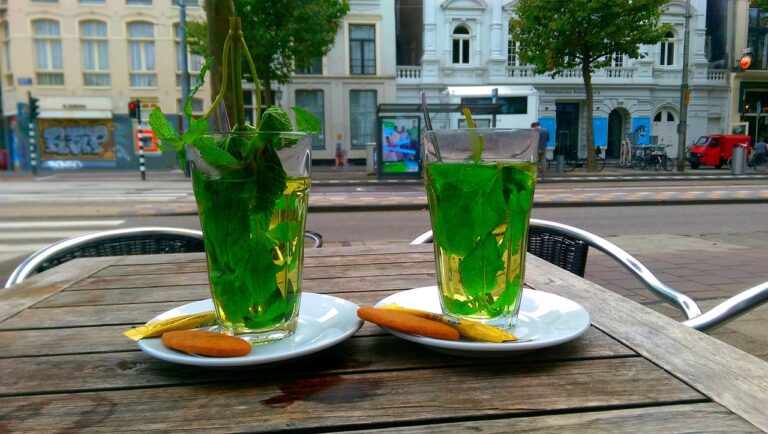The Rise of Gender-Neutral Fashion: Breaking Stereotypes
Gender stereotypes in fashion have long dictated what is considered appropriate attire based on gender. For decades, society has assigned specific clothing styles and colors to each gender, reinforcing the idea that certain pieces of clothing are only meant for men or women. These stereotypes not only limit individual expression but also perpetuate rigid gender norms that can be harmful to individuals who do not conform to these conventions.
From the expectation for women to wear skirts and dresses to the pressure on men to don suits and ties, the fashion industry has played a significant role in shaping and reinforcing gender stereotypes. Unfortunately, these stereotypes have often led to discrimination and bias against individuals who choose to dress in a way that defies traditional gender norms. Breaking free from these restrictions is crucial in promoting inclusivity and diversity in the fashion world.
Historical Evolution of Gender-Specific Clothing
The historical evolution of gender-specific clothing dates back to ancient civilizations, where distinct garments were worn by men and women to symbolize their roles and status in society. In ancient Egypt, for example, men typically wore kilts while women adorned themselves in draped robes. These clothing choices not only reflected the cultural norms of the time but also reinforced traditional gender roles.
As societies evolved, so did the concept of gender-specific clothing. During the Middle Ages in Europe, elaborate garments like doublets and gowns were worn by men and women, each designed to accentuate certain physical attributes considered attractive for their respective genders. The rigid distinction between male and female attire persisted through the centuries, with garments becoming increasingly codified based on societal expectations and norms.
When did gender-specific clothing first become popular?
Gender-specific clothing has been around for centuries, with distinct styles emerging as early as the Middle Ages.
How have gender stereotypes influenced fashion trends?
Gender stereotypes have played a significant role in shaping fashion trends, dictating what is considered appropriate or attractive for men and women to wear.
What are some examples of gender-specific clothing in history?
Examples of gender-specific clothing include the corset for women in the Victorian era and trousers for men in Western societies.
How has the perception of gender-specific clothing changed over time?
The perception of gender-specific clothing has evolved over time, with many fashion designers and brands now challenging traditional gender norms by creating gender-neutral clothing lines.
Why is it important to understand the historical evolution of gender-specific clothing?
Understanding the historical evolution of gender-specific clothing can provide insight into the societal norms and values that have influenced fashion trends and continue to shape our perceptions of gender today.







